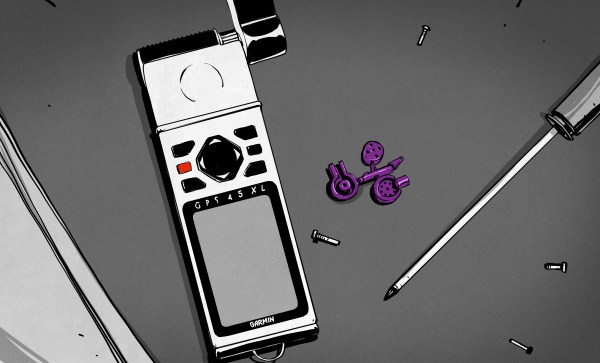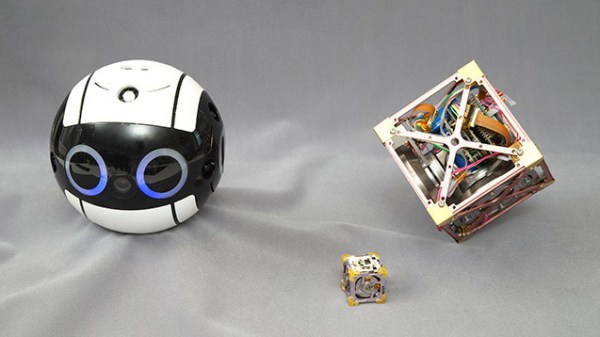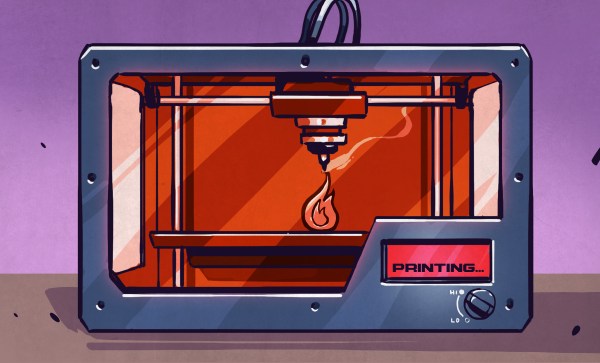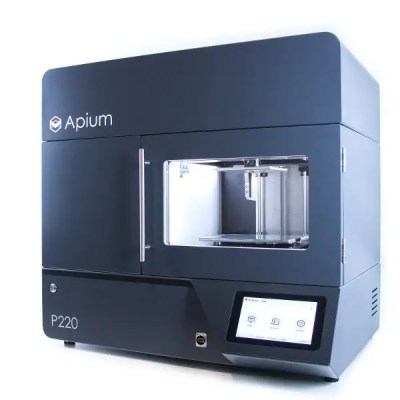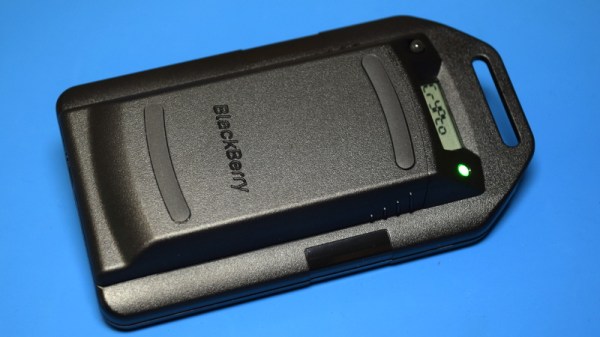We may have wooden satellites in just a few years, according to an announcement this month by Kyoto University and Sumitomo Forestry, organizations whose combined roots go back 550 years.
Wood’s place in high-technology has a long track record. During World War 2, wooden boats were used for minesweepers, the Spruce Goose was designed to circumvent wartime material restrictions, and Britain’s plywood-built De Havilland Mosquito had a very low radar cross section. In this century, a man in Bosnia has even built a Volkswagen Beetle out of oak.
The newly-announced aerospace project, led by retired astronaut and engineer Prof Takao Doi, plans to launch satellites built from wood in order to reduce space debris and hazardous substances resulting from re-entry. We’re somewhat skeptical on the hazardous substances angle (and we’re not alone in this), but certainly as a way to help ensure complete burn up upon re-entry, wood is an interesting material. It also achieves a great strength to weight ratio and as a renewable resource it’s easy to source.
Prof Doi has been studying the use of wood in space for several years now. Back in 2017 he began basic research on the usability of timbers in space (pg 16), where his team experimented with coniferous (cedar and cypress) and hardwood (satinwood, magnolia, and zelkova) trees in vacuum environments. Based on successes, they predicted wooden satellite launches in the mid 2020s (their announcement this month said 2023). Sumitomo engineers have not released what kind of wood(s) will finally be used on the satellite.
You might remember Astronaut Doi from an experiment aboard the ISS where he successfully demonstrated flying a boomerang in space (video below), and he’s also discovered two supernovae in his spare time. We wish him good luck.



